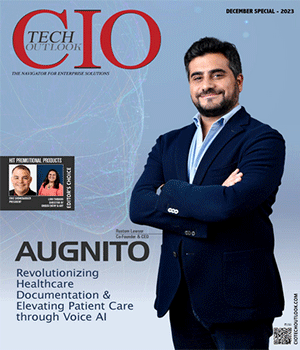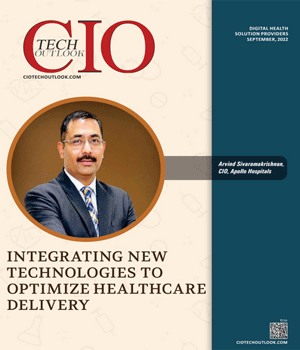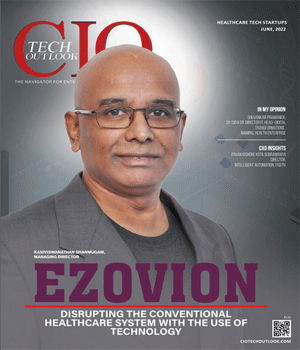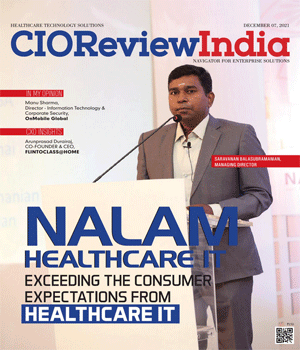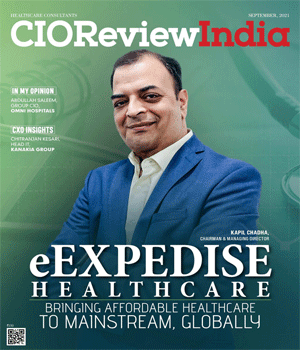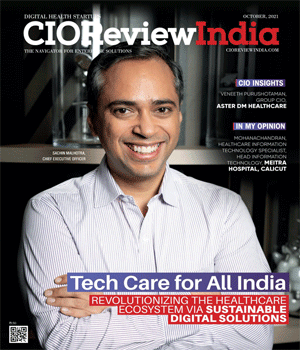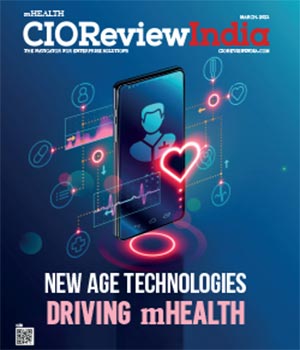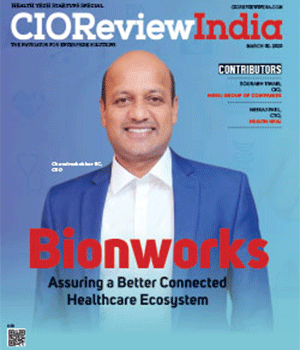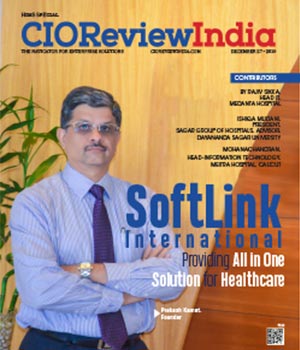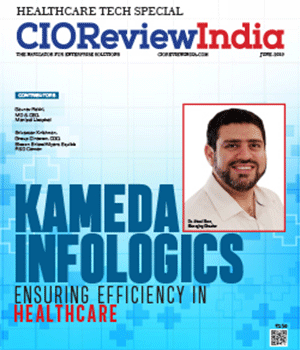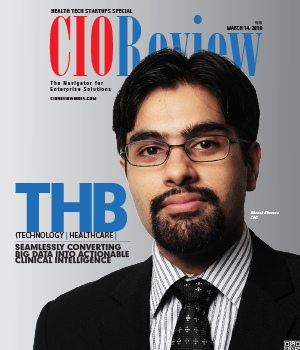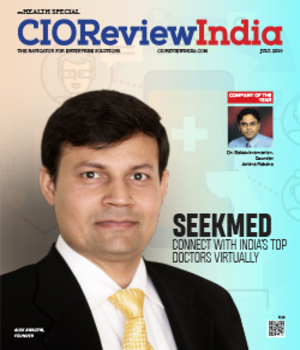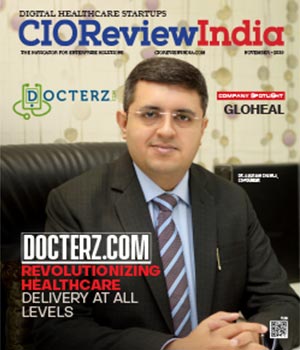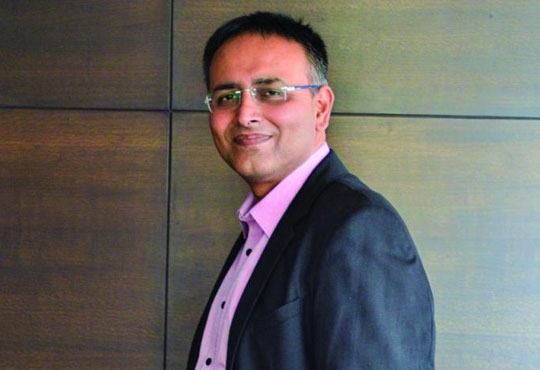
How Nanotechnology is Revolutionizing the Healthcare Industry
Janifha Evangeline | Thursday, 27 May 2021, 04:00 IST
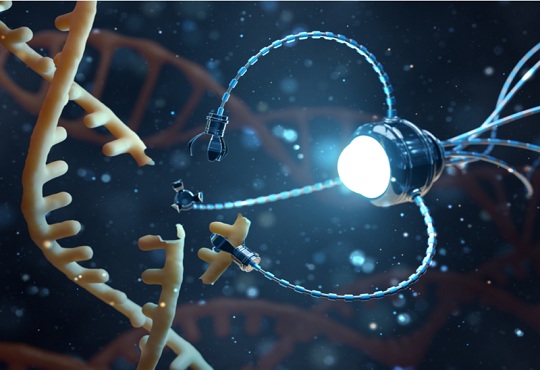
The healthcare industry is using nanotechnology to a greater extent which has led to opening new frontiers across the life sciences industry. Owing to its ability to manipulate matters at atomic levels, this technology possesses huge potential to revolutionize various aspects of medical care. These include diagnostics, disease monitoring, surgical devices, regenerative medicine, vaccine development, and drug delivery.
Estimated to reach USD 8 billion by 2027, the global nanotechnology industry is expected to register a CAGR of 12.9 percent during the forecast period. Major factors bolstering this market growth include the rapid developments in healthcare technology, advancements in the medical diagnostics industry, and a plethora of advantages of medicinal imaging applications. Moreover, the growing focus on research related to nanotechnology and increasing government spending on biotechnology and pharmaceutical Research & Development are also the other factors predicted to fuel the growth of the nanomaterials market.
Innovations in Nanotechnology in the healthcare industry
Nanomedicine
Nanomedicine leverages nanotechnology in some healthcare applications. These include the treatment and diagnostics of numerous diseases. This is achieved by using nanoparticles in medical devices as well as nanoelectronic biosensors and molecular nanotechnology. At present, Nanomedicine is used in the development of smart pills and for cancer treatments.
Smart pills
Smart pills are nano-level electronic devices that are shaped and designed similar to pharmaceutical pills. However, these pills perform more advanced functions, which include sensing, imaging, and drug delivery. Previously nanotechnology was used in building various types of smart pills. One such is the PillCam, - which is a capsule with a miniature video camera, and dose-tracking pills.
More advanced smart pills such as the ‘Atmo Gas Capsule’, which when ingested examines the gases in the human gut and reports any disorders found. Furthermore, the sensors of this smart pill help detecting the oxygen and carbon dioxide levels in the human body, and the presence of any harmful substances. Some of the applications of Atmo Gas Capsule’ include diagnosing gastrointestinal disorders, detecting malignant digestive organs, and tracking food sensitives to enable personalized diet and nutrition plans.
Concurrently, MIT is in the process of creating ‘Smart Sensor Capsules’, that would prevent the need for injecting drugs into the stomach. Delivered orally, these capsules unfold themselves before lodging on the organ. It then tracks vital signs for diagnosis and monitoring treatment. These smart sensor capsules also comprise compartments that can be used to pre-load medicines, that are to be released into target areas inside the body.
Cancer detection and treatment
A key problem as a result of regular chemotherapy and radiation is the damage caused to the body’s healthy cells during the treatment. Also, new and advanced nanomedicine approaches are being implemented in treating skin cancer. This facilitates efficient drug delivery and other treatments to specific tumor sites and targets cells with low toxic side effects.
Nanomedicine is used now to develop a new method in detecting cancer cells in the bloodstream which are called NanoFlares. These are particles designed in such a manner that they bind themselves to genetic targets in cancer cells and generate light when that particular genetic target is found. Thereby, aiding in cancer cell detection.
Nanobots
Nanobots - the micro-scale robots that essentially serve as miniature surgeons, can be inserted into the human body to repair and replace intracellular structures. Also, Nanobots can not only replicate themselves to correct a deficiency in genetics they can even eradicate diseases by replacing DNA molecules. However, this property is still under development.
At present, Nanobots are tested to perform eye surgery. This testing is done through a microscopic needle inserted into the retina and surgeons can direct this needle using a specialized magnetic field.
Not just that, Nanobots can be also used to clear artery blockages, which can be done by drilling through the blockages. While Scientists at Michigan State University and Stanford University together are in the processes of developing nanobots that consist of carbon nanotubes, loaded with a drug that can eat away arterial plaque, leading to a decrease in the risk of heart attacks, Scientists at the University of Toronto are developing nanobots resembling unfolded cubes to perform quick biopsies of suspected malignant masses. In this, these cubes fold up after reaching the target tissue, and they take a sample of the tissue and these biopsies are said to be quicker and more accurate than the ones conducted by human surgeons.
Nano-tech wearables
One of the new yet famous forms of remote patient monitoring in healthcare today is the use of cloth-based nanotechnology. These wearables have embedded nanosensors in the cloth that record medical data. These data include heartbeat, sweat components, and BP (blood pressure). The cloth-based nanotechnology used in wearables helps in saving lives. It alerts the wearer and medical professionals of any adverse changes observed in the body.
One of the US-based start-ups is the pioneer of the aforementioned innovation. While the company launched, a heart failure management and alert diagnostic validation clinical trial in 2019, it developed a monitoring garment and closed-loop machine learning platform, under the same study.
This garment captures and records phonocardiography, stroke volume, and cardiac output by using its proprietary and patented, FDA-approved cloth-based nanosensors. This product contains multi-channel ECG assessing technology, which helps in keeping track of heart rate variability, respiratory rate, thoracic impedance, activity, and posture.
Encouraging Indian startups to work on digital healthcare solutions
Nasscom has recently partnered with one of the leading global medical technology, diagnostics, and digital solutions innovator intending to encourage startups in India to work on digital healthcare solutions. Nasscom through its Center of Excellence on the internet of things (CoE-IOT), wants to boost the start-up ecosystem in the country and work with the company by partnering with them to bring digital healthcare solutions.
Technology adoption in the Indian healthcare sector is poised for substantial growth as it continues to emerge as a game-changer in the delivery of healthcare services, said Nasscom in a press release. “The industry has been rapidly adopting new-age technologies such as the Internet of Things (IoT) and Artificial Intelligence to improve access and outcomes. The health tech sector is committed to connecting doctors and patients, providing low-cost medical devices along with tech-enabled diagnostics,” said the industry body.
According to Traxcn data, India observed a huge growth in investments in the health-tech companies as it reached USD 571 million in the year 2018.
This strategic partnership would focus on co-creating solutions for real-world healthcare challenges in the areas of digital applications for early detection, productivity solutions, and remote and connected care among others said Nasscom. “It will also help the two partners work with policymakers to shape policies around digital health.”
“The future of healthcare is shaping up in front of our eyes mainly through digital technologies, such as the IoT, artificial intelligence, VR/AR, 3D-printing, robotics, or nanotechnology. In medicine and healthcare, digital technology can help transform unsustainable healthcare systems into sustainable ones, equalize the relationship between medical professionals and patients, provide cheaper, faster, and more effective solutions for diseases,” Debjani Ghosh, President, Nasscom, was quoted saying at the 5th edition of Lifesciences & Healthcare Innovation Forum.
The journey ahead
At present, nanotechnology in healthcare has a lot of obstacles to overcome and more research is required on the long-term impact of nanotechnology, and its environmental implications. Also, clearer guidelines should be set by authorities about nanotech-based devices and potential health risks. What hinders the mass manufacturing of Nanotech-based devices are the high costs incurred in their manufacturing. And what will aid in making this technology mainstream is the affordable production alternatives for these devices. However, it is found that there is growing interest among innovators in the future applications of nanotechnology in healthcare. And how it can guide the nanotechnology industry into a new era of development.
CIO Viewpoint
Integrating New Technologies to Optimize...
By Abhrasnata Das
Quantum Shift in Healthcare Driven by...
By Abhrasnata Das
Product Adoption: Realizing The Real Value
By Ashish Pandey, CIO, GSK Consumer Healthcare India
CXO Insights
HIT Promotional Products: Fostering Empowerment...
By Eric Shonebarger, President & Lori Thibado, Director of Order Entry & Art
Addressing the Data Management Challenges in...
By Richa Singh
Elevating Patient Experience with Remote...


